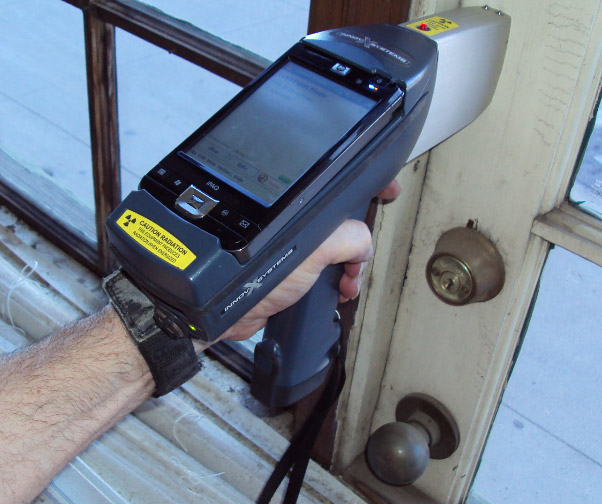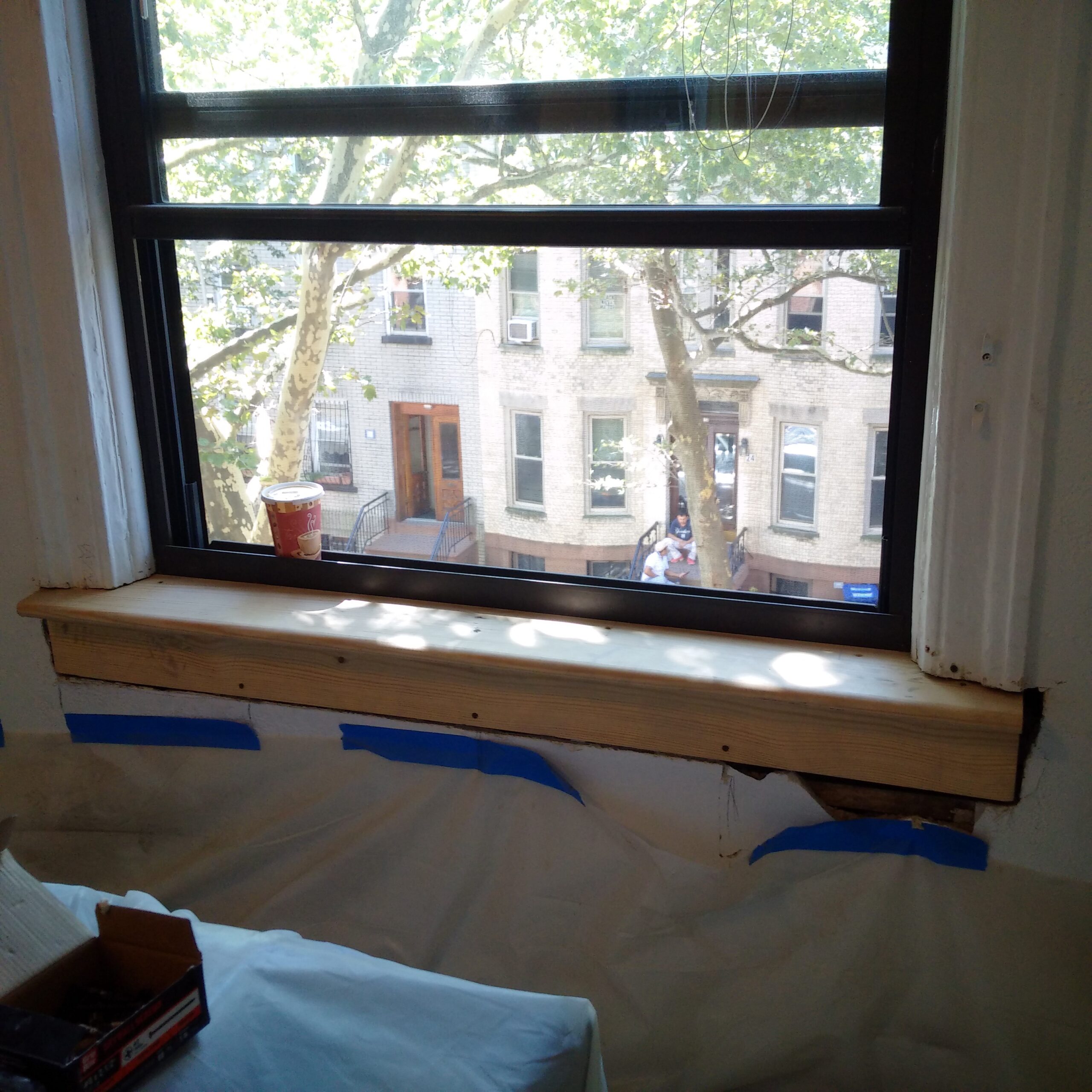Lead Paint Removal Service-- NYC's Trusted Solutions for Lead Safety And Security
Lead Paint Removal Service-- NYC's Trusted Solutions for Lead Safety And Security
Blog Article
Step-by-Step Refine for Successful Lead Violation Removal
Following this, adherence to federal and state policies is critical to formulating a reliable remediation plan. The real remediation needs experienced workers to execute these plans while strictly adhering to security protocols. What happens after the removal is completed?

Discovery and Assessment
Detection and analysis are important actions in the remediation of lead offenses. To ensure an efficient removal procedure, it is necessary to conduct a thorough examination of the setting where possible lead exposure exists. The initial stage of detection entails recognizing sources of lead contamination, which can be found in paint, pipes, dirt, and dust. Utilizing sophisticated analysis tools such as X-ray fluorescence (XRF) analyzers and atomic absorption spectroscopy (AAS) can offer specific dimensions of lead focus.
This includes evaluating the degree and extent of contamination, as well as determining populations at danger, especially children and expecting females. The gathered information must be meticulously documented to sustain the advancement of an efficient remediation technique.
Additionally, it is important to prioritize locations with the highest degree of contamination and those that posture the greatest health and wellness dangers. Efficient interaction with stakeholders, consisting of homeowner, locals, and public health officials, is essential for guaranteeing that all events are educated about the findings and the subsequent actions needed for removal. This initial discovery and analysis stage prepares for a successful lead violation removal procedure.

Legal and Regulatory Conformity
Browsing the landscape of legal and regulatory compliance is a crucial facet of effective lead offense removal. Compliance guarantees not just the safety of affected populaces but also the reputation and legal standing of the organization accountable for removal.
State and regional guidelines can vary, usually imposing extra obligations or more stringent requirements. Consequently, an extensive understanding of all relevant lawful frameworks is crucial. This involves meticulous paperwork of all remediation tasks to demonstrate conformity. Failing to abide by these policies can lead to serious penalties, consisting of hefty fines, legal activity, and reputational damage.
Engaging legal professionals specialized in environmental regulation can help with browsing these complexities. Normal training and certification for all employees involved in the remediation procedure are likewise obligatory to ensure adherence to safety and security and regulative criteria. By focusing on lawful and governing conformity, organizations can successfully alleviate risks and achieve a successful remediation result.
Preparation the Remediation
Successfully preparing the removal of lead offenses begins with a thorough analysis of the contaminated site. This data-driven approach makes sure that removal initiatives are suitably targeted and efficient.
When the contamination is mapped, a danger analysis must be performed to evaluate possible health and wellness threats to people and the atmosphere. Lead Violation Removal in NYC. This analysis ought to take into consideration variables such as direct exposure paths, populace vulnerability, and ecological effects. The insights collected will certainly create the basis for selecting a proper removal method
Subsequently, setting clear, possible objectives for the removal project is essential. These objectives must straighten with regulatory requirements and stakeholder expectations to guarantee conformity and neighborhood acceptance. Establishing a comprehensive removal strategy that outlines methods, timelines, and source allocation will certainly help with an organized method to the clean-up procedure.
In addition, it is vital to involve with stakeholders early and keep clear interaction throughout the planning phase. This includes educating local neighborhoods, acquiring necessary permits, and coordinating with regulatory agencies to ensure all legal and procedural requirements are fulfilled. A well-crafted remediation plan not just addresses the contamination effectively yet likewise my sources constructs depend on and participation among all parties included.
Executing the Remediation
With a well-structured removal strategy in position, the check focus shifts to the actual implementation of the removal activities. This phase entails setting in motion the needed resources, consisting of knowledgeable employees, customized tools, and top quality materials. Begin by clearly delineating functions and obligations to guarantee accountability and seamless sychronisation among employee.
This consists of setting up control locations to prevent lead dust and debris from spreading, as well as utilizing air purification systems to keep air quality. Utilize methods such as damp scuffing, chemical removing, or encapsulation, depending on the seriousness and location of the contamination.
Throughout the remediation procedure, conduct regular examinations and air high quality keeping track of to make sure compliance with governing requirements. Efficient interaction with stakeholders, consisting of homeowner and occupants, is crucial to maintain them notified of progression and any kind of unanticipated growths. By carefully following these actions, the remediation tasks can be implemented efficiently and properly, ultimately mitigating lead risks.
Post-Remediation Methods
Post-remediation strategies play an essential duty in making certain the lasting success of lead offense removal initiatives. These methods incorporate ongoing surveillance, upkeep, and community education and learning to stop future lead exposure and ensure a risk-free setting.
First, normal surveillance is important. This involves regular testing of the formerly impacted locations to make certain that lead levels continue to be within risk-free limitations. Homeowner need to establish a timetable for these examinations, ideally in collaboration with licensed ecological professionals.

Third, informing the area plays an essential function in maintaining the advantages of remediation. Residents and property supervisors should be notified concerning the threats of lead direct exposure and the finest practices for preserving a lead-safe atmosphere. Workshops, educational pamphlets, and area conferences can be reliable devices for distributing this info.
Conclusion
Successful lead offense removal needs a detailed, organized method incorporating detection and evaluation of contamination, adherence to legal and regulatory requirements, thorough preparation, and reliable execution of remediation initiatives. This methodical procedure emphasizes the value of thoroughness and caution in resolving and minimizing lead read the full info here contamination.
Report this page